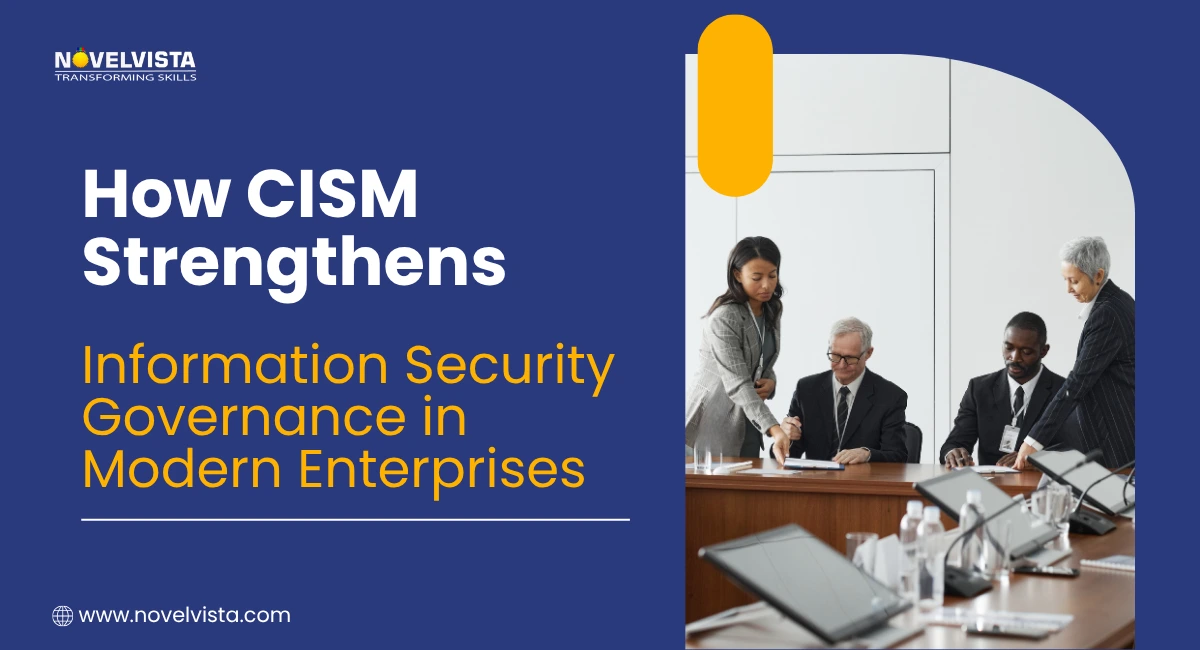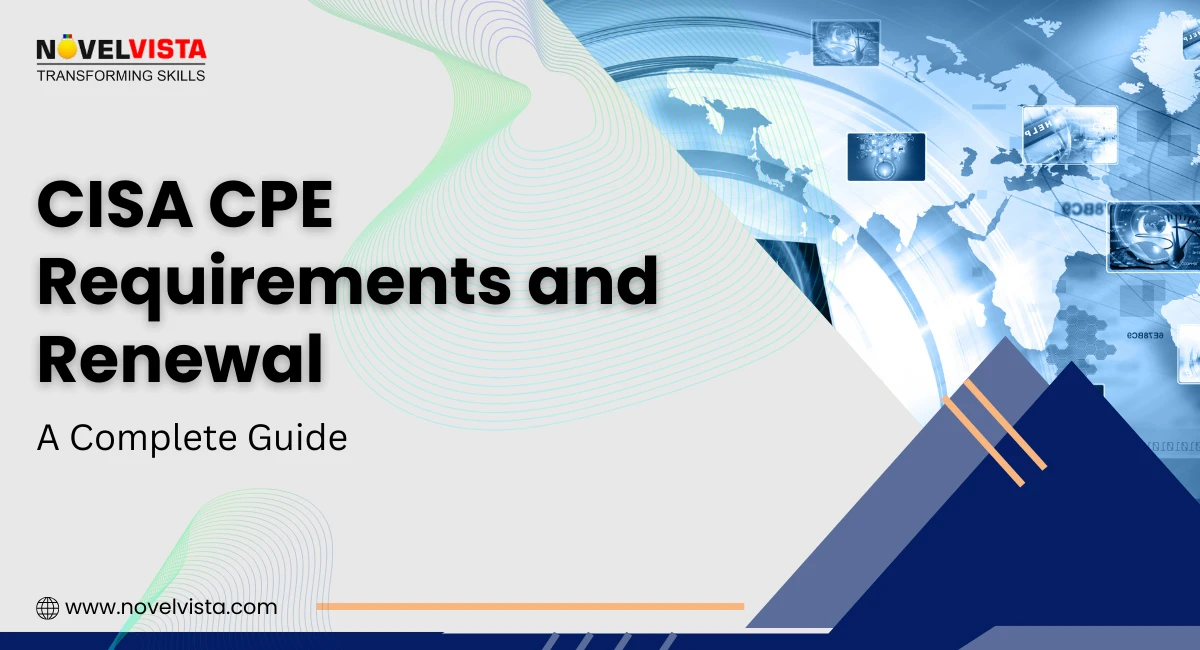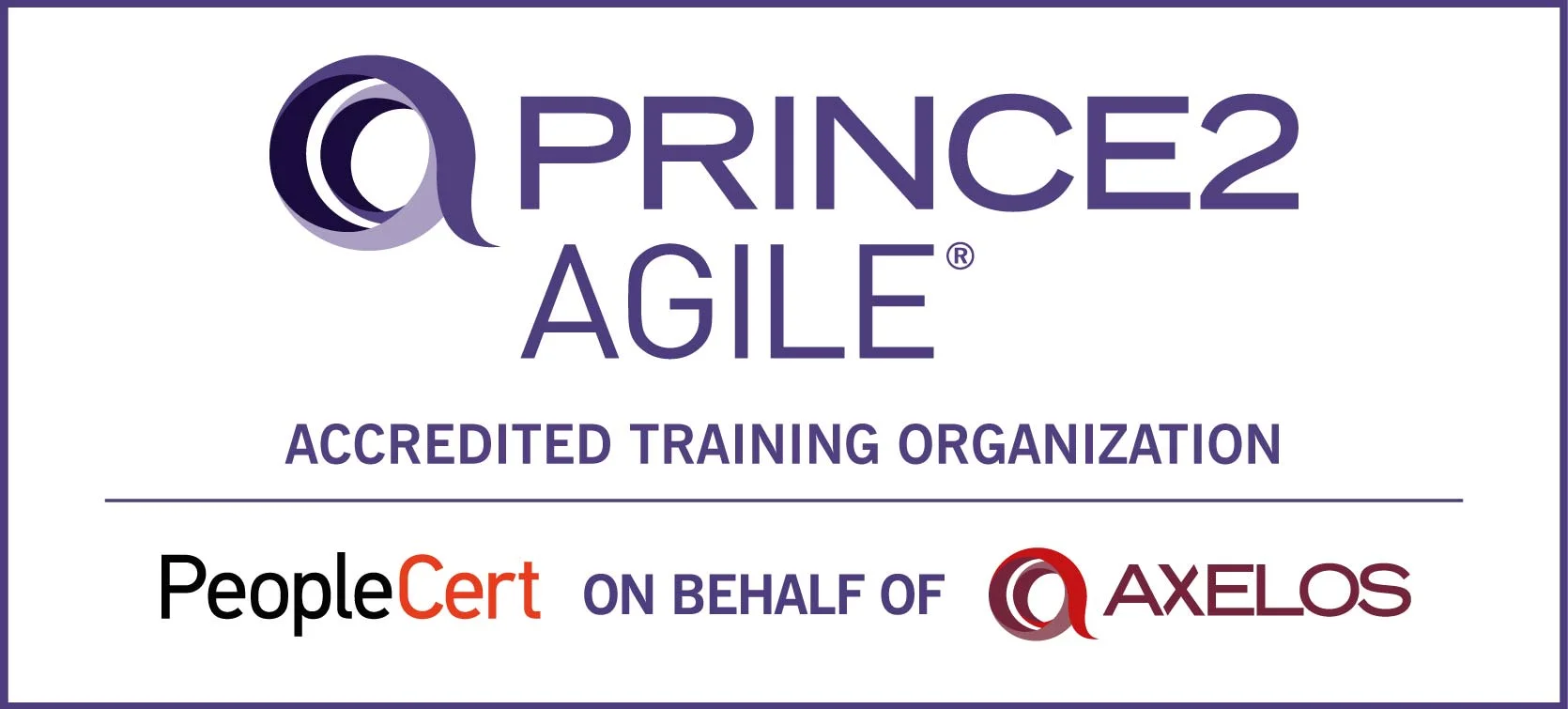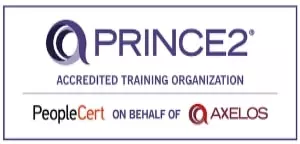- What Is an Information Security Risk Assessment?
- The Information Security Risk Assessment Process
- Leveraging Information Security Risk Assessment Tools
- Crafting an Effective Information Security Risk Assessment Questionnaire
- Addressing Third-Party Risks: Information Security Vendor Risk Assessment
- Benefits of Using an Information Security Risk Assessment Checklist
- Tips for Mastering the Information Security Risk Assessment Checklist
- Common Challenges and Solutions
- Conclusion
In today’s digital-first world, organizations face an ever-growing spectrum of cyber threats. According to IBM’s Cost of a Data Breach Report 2024, the average cost of a data breach has soared to $4.45 million globally, emphasizing the critical need for robust risk management strategies.
But how can organizations proactively identify vulnerabilities before they escalate into full-blown crises? That’s where an Information Security Risk Assessment comes into play.
Whether you are an IT security professional, a compliance officer, or a CISM aspirant, mastering the Information Security Risk Assessment Checklist can be the difference between a resilient security posture and costly breaches.
If you're new to CISM or wondering what the certification really stands for, you may find our detailed guide helpful: What Does CISM Stand For?
What Is an Information Security Risk Assessment?
An Information Security Risk Assessment is a structured process designed to help organizations safeguard their critical information assets. It involves identifying potential threats that could compromise sensitive data, evaluating vulnerabilities within IT systems that may be exploited by these threats, and prioritizing risks based on their potential impact and likelihood. Once risks are assessed, organizations implement mitigation strategies to reduce exposure and strengthen overall security posture. In simple terms, an Information Security Risk Assessment helps organizations protect sensitive information while maintaining operational resilience against evolving cyber threats.
The Information Security Risk Assessment Process
A systematic Information Security Risk Assessment Process typically includes the following steps:
Step |
Description |
Key Tools/Methods |
Asset Identification |
Recognize and classify critical assets |
Asset inventory software |
Threat Analysis |
Identify internal and external threats |
Threat intelligence feeds |
Vulnerability Assessment |
Detect weaknesses |
Vulnerability scanners |
Risk Evaluation |
Assess likelihood and impact |
Risk matrices, scoring systems |
Mitigation Planning |
Implement controls |
Policies, firewalls, access control |
Continuous Monitoring |
Regularly update and review |
SIEM tools, dashboards |
Using a structured Information Security Risk Assessment Checklist ensures none of these critical steps are overlooked.
To understand how CISM aligns with governance and why it is central to risk-focused security frameworks, explore our blog: How CISM Strengthens Information Security Governance in Modern Enterprises.
Leveraging Information Security Risk Assessment Tools
Modern organizations increasingly rely on Information Security Risk Assessment Tools to streamline and enhance their evaluation processes. These tools enable security teams to conduct comprehensive vulnerability scans, ensuring that potential weaknesses in systems and applications are quickly identified. They also help map risks to business impact and compliance requirements, providing a clear understanding of which threats pose the greatest concern to the organization. Additionally, these tools generate actionable reports for management, making it easier to prioritize mitigation efforts and implement effective security controls. By leveraging such tools, organizations can improve efficiency, accuracy, and overall resilience against cyber threats.
Popular Tools: Nessus, Rapid7, OpenVAS
These tools save time, reduce human error, and provide real-time insights into security posture.

Crafting an Effective Information Security Risk Assessment Questionnaire
The Information Security Risk Assessment Questionnaire is a structured set of questions designed to help security teams collect critical information from stakeholders across the organization. It covers key areas such as data storage and classification practices, access control and identity management policies, vendor management and third-party integrations, as well as incident response and disaster recovery readiness. By addressing these important aspects, a well-designed questionnaire ensures a comprehensive understanding of organizational risks, enabling teams to identify vulnerabilities and plan effective mitigation strategies.
Guide to Information Security Risk Assessment
Your Essential Guide to Information Security
Risk Assessment and take the first step toward smarter cyber defense.
Addressing Third-Party Risks: Information Security Vendor Risk Assessment
Third-party vendors often represent a significant source of security risk for organizations. Conducting an Information Security Vendor Risk Assessment helps evaluate the security posture of external partners by reviewing their security policies and compliance certifications, assessing any historical incidents or breaches, and evaluating contractual obligations related to data protection. This step is crucial, as over 60% of data breaches in 2024 involved a third-party vendor (Ponemon Institute). By thoroughly assessing vendor risks, organizations can ensure that their extended ecosystem does not become a vulnerability and maintain a robust security posture.
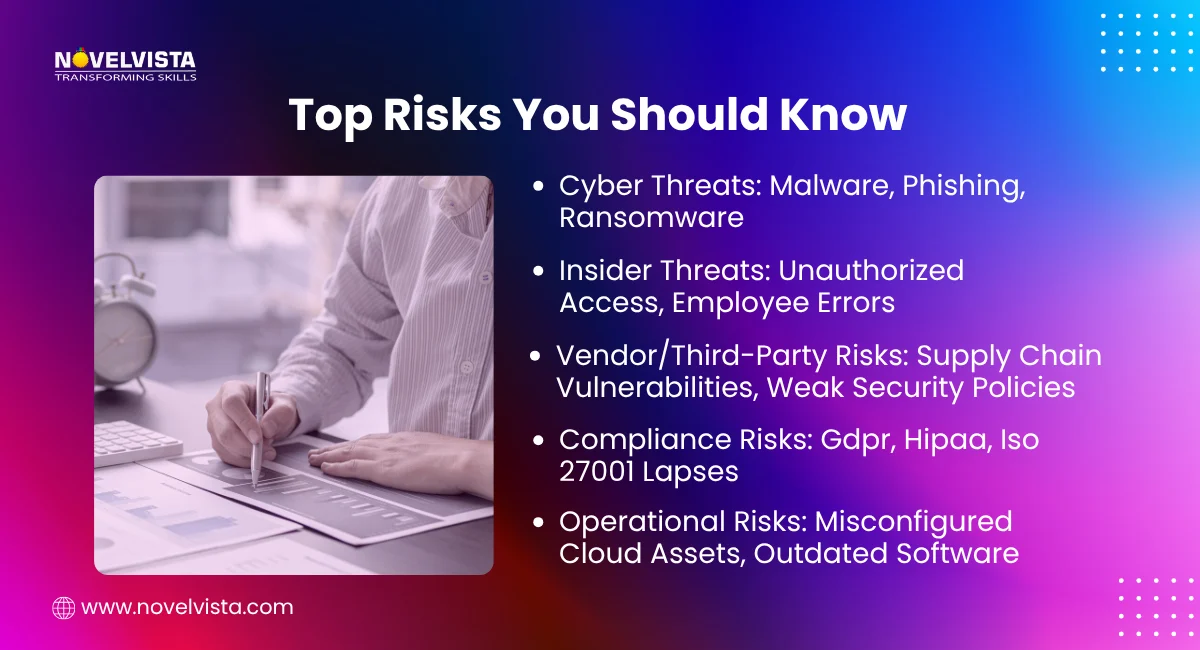
Benefits of Using an Information Security Risk Assessment Checklist
Implementing a checklist provides multiple advantages:
- Structured Approach: No critical step is overlooked.
- Enhanced Compliance: Aligns with CISM standards and regulatory frameworks.
- Prioritized Actions: Focus resources on high-impact risks.
- Continuous Improvement: Facilitates iterative risk management.
Tips for Mastering the Information Security Risk Assessment Checklist
To effectively master the Information Security Risk Assessment Checklist, organizations should start by tailoring it to their specific industry and risk profile, ensuring that it addresses the unique challenges they face. Engaging stakeholders from IT, operations, legal, and business units is also essential, as it provides a holistic view of organizational risks. Leveraging automation through risk assessment tools can significantly speed up data collection, analysis, and reporting, making the process more efficient. Finally, the checklist should be reviewed and updated regularly to account for evolving threats and changes in the business environment, ensuring that the organization maintains a proactive and resilient security posture.
Common Challenges and Solutions
Challenge |
Solution |
Incomplete asset inventory |
Conduct thorough asset mapping upfront |
Lack of expertise |
Involve CISM-trained professionals |
Vendor resistance |
Enforce contractual obligations for compliance |
Rapidly changing threat landscape |
Use continuous monitoring and automated tools |
Addressing these challenges ensures a smooth and effective assessment.
Conclusion
In today’s high-risk cyber environment, mastering the Information Security Risk Assessment Checklist is essential. From leveraging Information Security Risk Assessment Tools to crafting precise Information Security Risk Assessment Questionnaires and evaluating vendor risks, a comprehensive approach safeguards your organization’s critical assets.
Whether you are a CISM aspirant, IT security professional, or compliance officer, investing in this checklist ensures proactive risk management, regulatory compliance, and organizational resilience.
If you're planning your career path after certification, you may also want to explore: CISM Jobs and Salary Guide: What to Expect After Earning Your Certification.
Ready to advance your career in information security governance?
Join NovelVista’s ISACA CISM Certification Training and gain in-depth knowledge of the Information Security Risk Assessment Process, practical risk management skills, and globally-recognized credentials. Designed for IT security professionals, compliance officers, and aspiring CISM-certified leaders, this course equips you to confidently assess, manage, and mitigate organizational risks in today’s complex digital environments. Start your CISM journey today and master the tools and techniques that make you a trusted security leader.
Frequently Asked Questions
Author Details

Akshad Modi
AI Architect
An AI Architect plays a crucial role in designing scalable AI solutions, integrating machine learning and advanced technologies to solve business challenges and drive innovation in digital transformation strategies.
Course Related To This blog
CISM® Certified Information Security Manager
Confused About Certification?
Get Free Consultation Call



